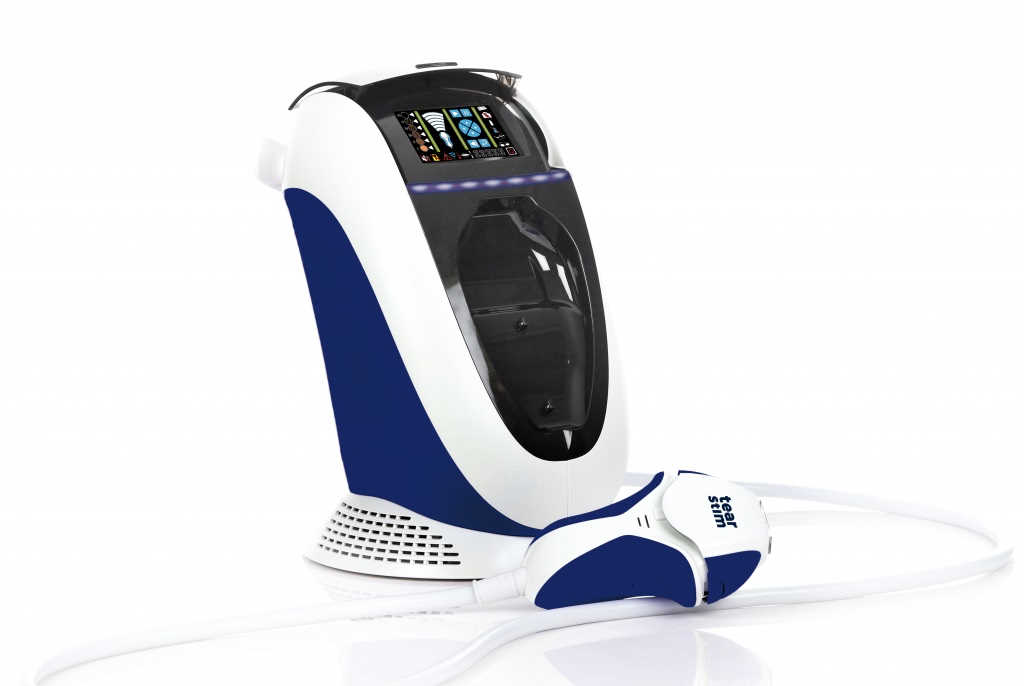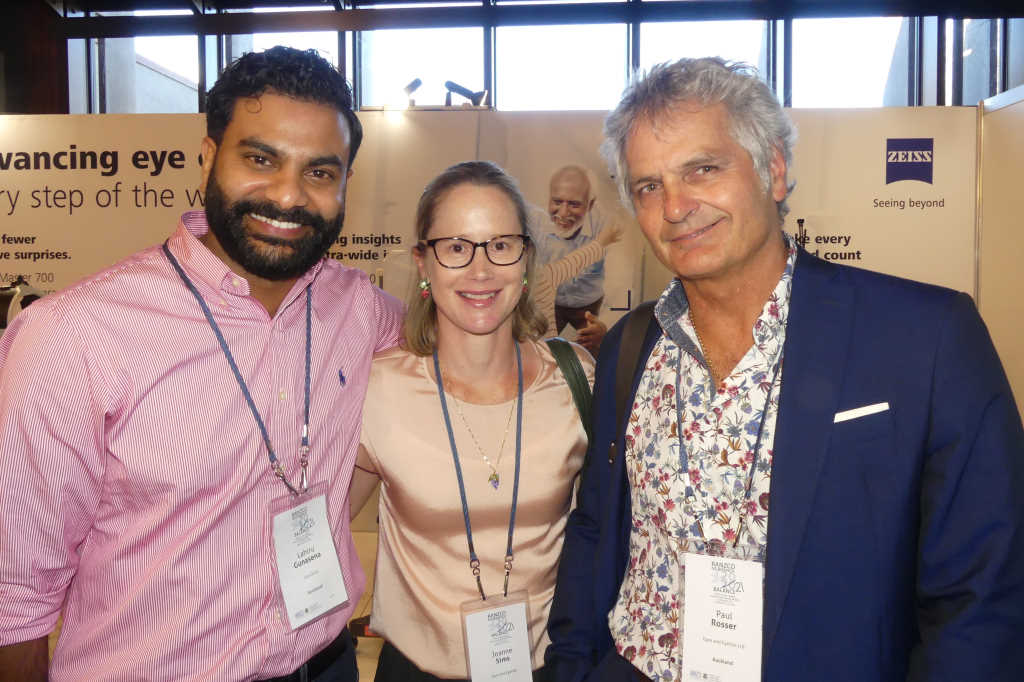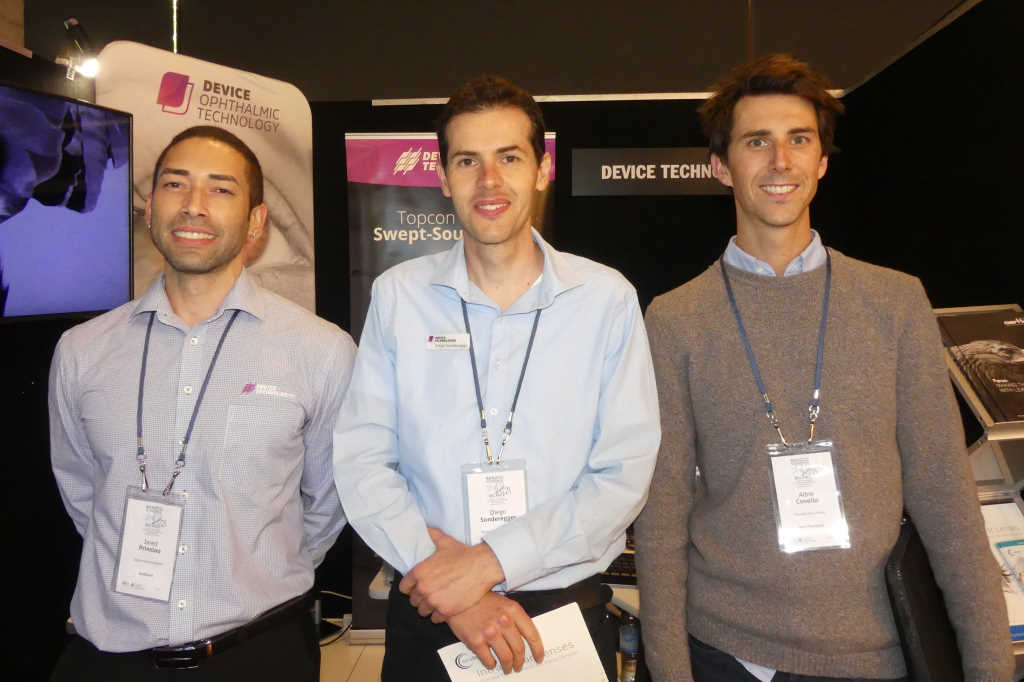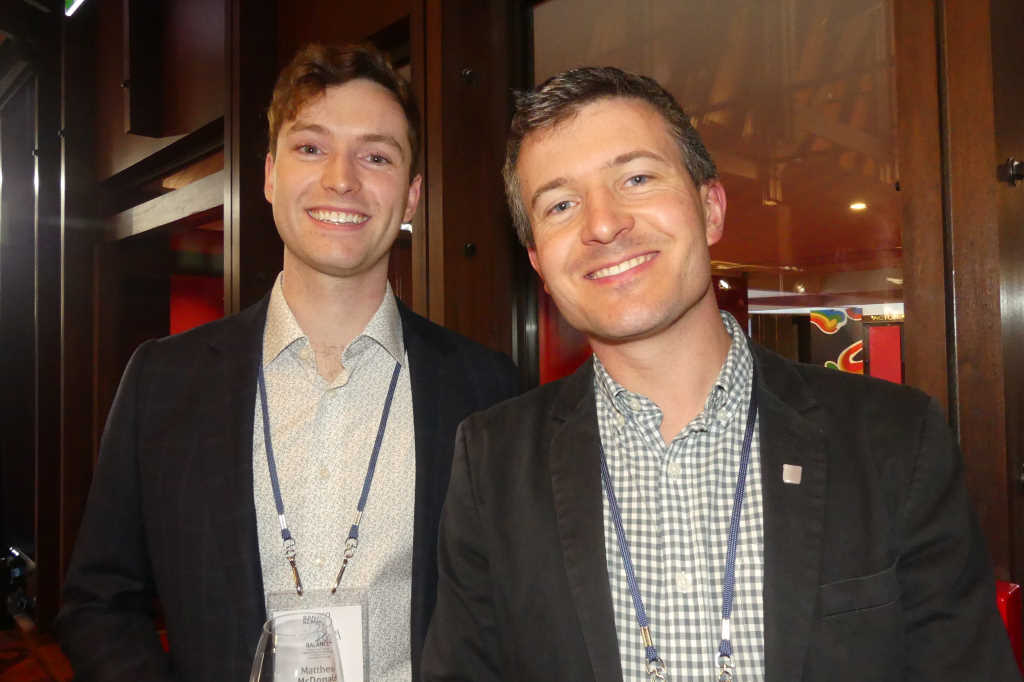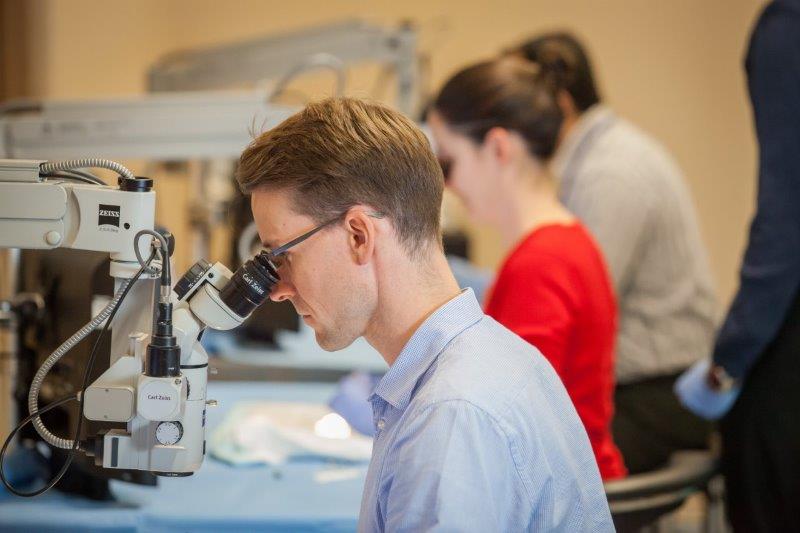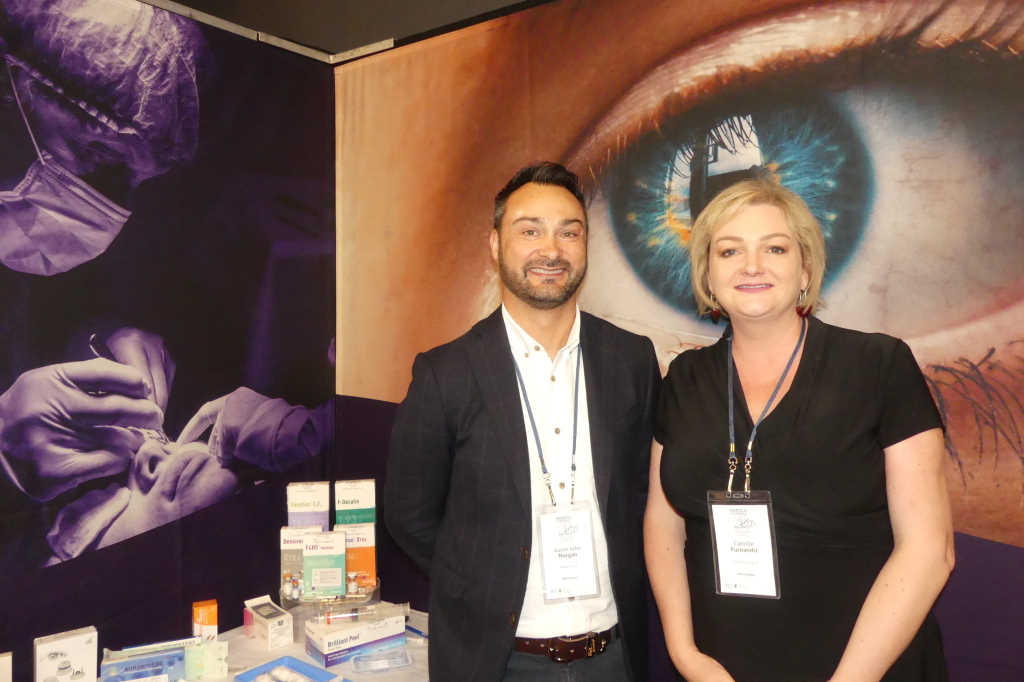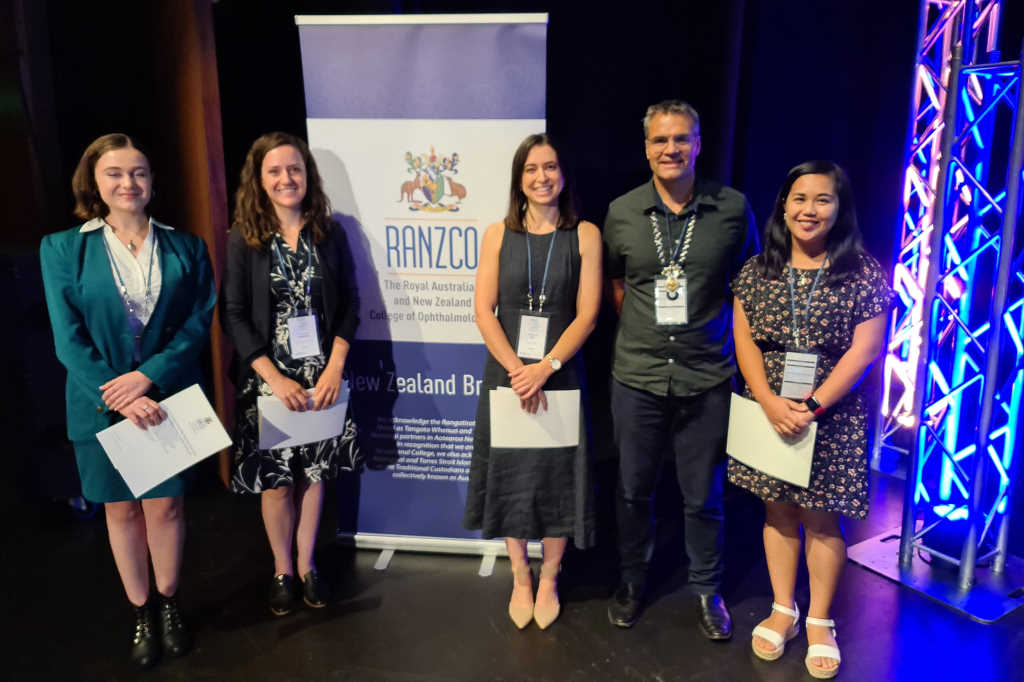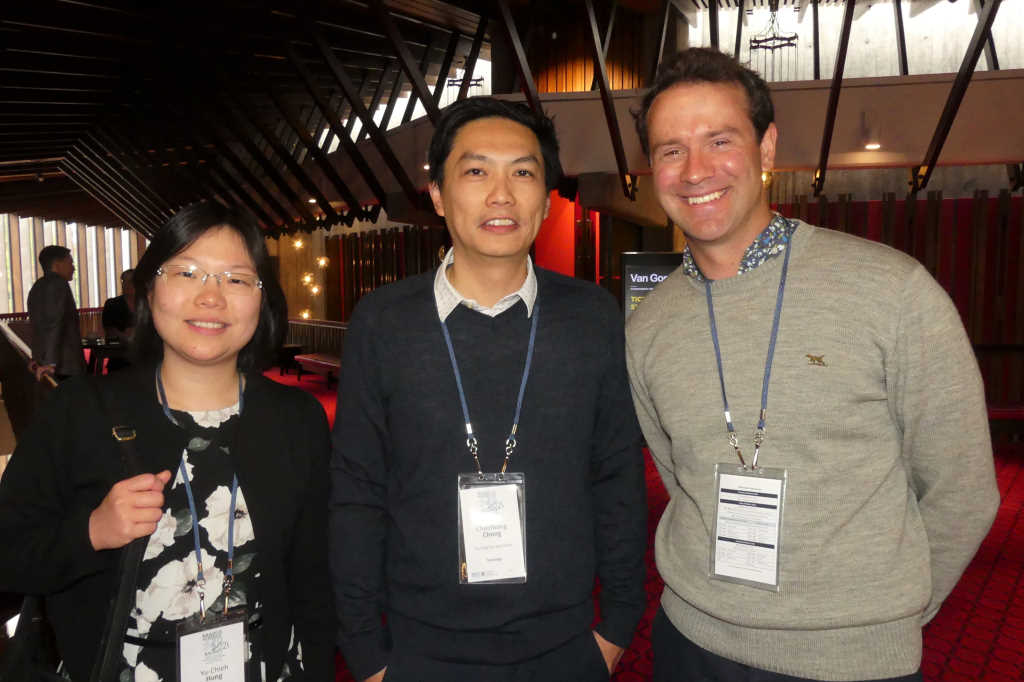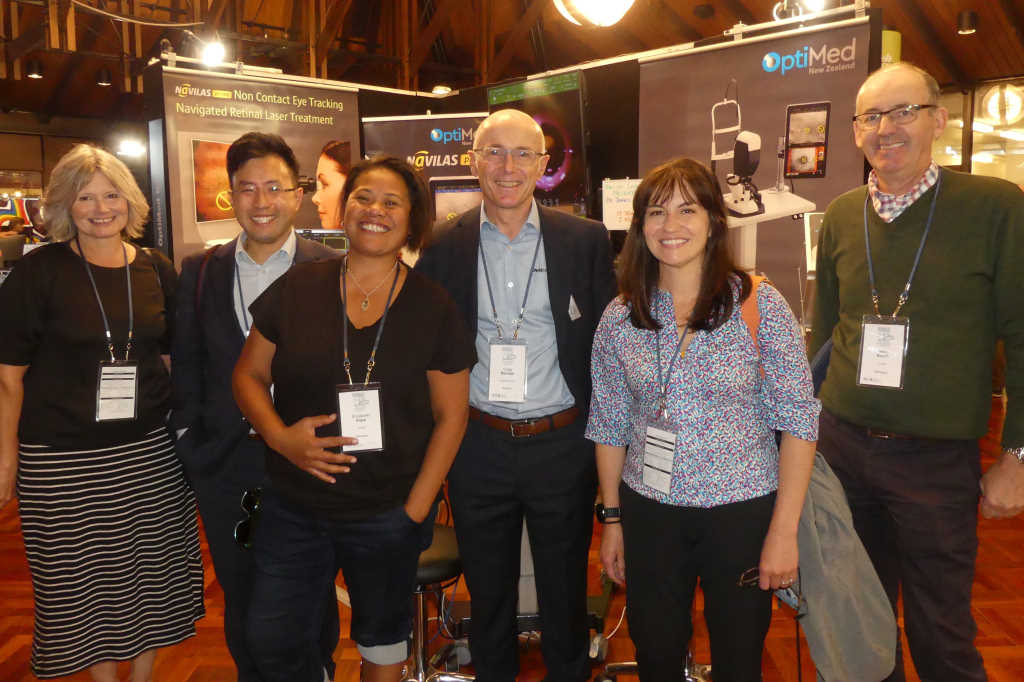RANZCO NZ 2021: Balancing ophthalmology, life and today’s world
After the turbulent times of 2020, causing the postponement of the 2020 RANZCO NZ Branch Annual Scientific Meeting to 19-20 March this year, the NZ Branch executive is determined the 2021 meeting will proceed regardless of Covid-19 alert levels. To achieve this, a hybrid meeting system has been adopted, called ‘The Hub’, which allows the meeting to be both virtual and face-to-face at the same time and, if required, fully virtual. Given the continuing border restrictions, local speakers will present in person if possible and international speakers will present virtually, taking part in Q&A sessions via The Hub.
For all delegates, virtual and present, this year’s programme for both specialists and ophthalmic nurses includes the normal exciting mix of cutting-edge scientific research and clinical updates, in a warm and friendly atmosphere (casual attire is encouraged) as well as a few surprises, say organisers. Presentations will range from five to 30 minutes, with longer sessions for keynote speakers, followed by Q&A sessions.
International keynotes include Professors Bill Morgan and Stephanie Watson from Australia and ophthalmic nurse Dr Roxanne Crosby-Nwaobi from London (see below for more), who will be tackling a wealth of subjects from understanding glaucoma, raised ICP and space travel to Xen stent surgery, corneal maladies and ocular stem cell therapy, to building a digitally ready workforce and balancing healthcare provision with staff capability.
Continuing the theme of Balance, the meeting will also cover important topics in today’s world such as sustainability, dealing with stress and how to lead a balanced life, with other keynotes including Climate Change Commission chair, former Canterbury University vice-chair and acting Reserve Bank governor, Rod Carr; the assistant professor of the Grossman School of Medicine at New York University, Dr Cassandra Thiel, who will discuss emerging research analysing variability at cataract surgical facilities and the importance of better resource use; and anaesthetist Dr Richard French, who will share his work on adverse clinical events and whether rudeness affects team function and patient safety.
Other topics within the 2021 meeting include equity issues, uveitis and medical retina, glaucoma, neuro-ophthalmology and strabismus, paediatrics, ophthalmology in the time of Covid-19 and New Zealand’s changing ophthalmological health needs.
The meeting officially starts with a welcome drinks function in the sponsors’ area of the Town Hall on Thursday 18 March from 5.30-7.30pm. For in-person attendees, Friday’s dinner is an informal affair at the Riverside Market, with drinks beforehand at OGB and, for those with energy to burn, an invitation to get together at Fat Eddie’s jazz bar to while away the rest of the night - just show your name badge at the door for priority entry. For all the details about these events and the full programme, go to: https://tinyurl.com/RANZCONZ2021.
Meet the speakers
Professor Stephanie Watson
The award-winning corneal specialist based at the University of Sydney is known for her ground-breaking research into corneal therapies. She’s chair of the Ophthalmic Research Institute of Australia, chair elect for ARVO’s Advocacy and Outreach Committee, an advisor to the A$150m Stem Cell Therapies Mission, editor for the Cochrane Eyes and Vision Group and the New South Wales representative for the RANZCO: Women in Ophthalmology group.
Recognising her achievements, as RANZCO NZ’s 2021 Dorothy Potter Medal lecturer, Prof Watson will share some of her ground-breaking research in her address, ‘Corneal maladies: lessons from research and practise’.
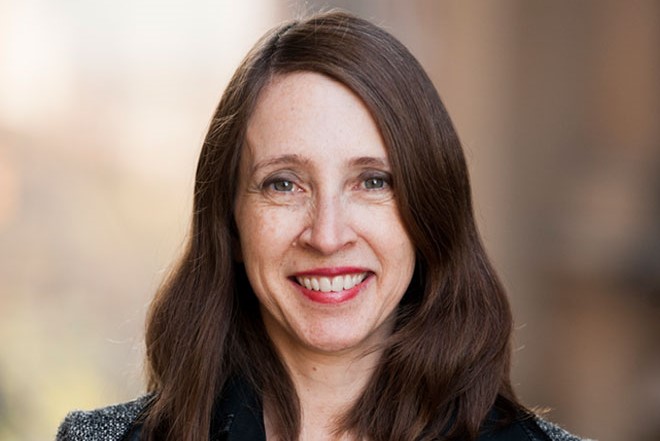
Prof Stephanie Watson
Why ophthalmology?
Restoring vision to patients can transform their lives. As a medical student I saw this first-hand in Kenya. Then I met Professor Fred Hollows, who inspired me to follow a career in ophthalmology. I became interested in corneal disease as it can affect all ages and is often irreversible. Every day, as eye care practitioners, we help individual patients, but with research there is the opportunity to discover new knowledge, change practices and develop new therapies. In ophthalmology you can combine a clinical and research career, bringing new ways to restore sight.
What do you think are some of most exciting developments in corneal therapies today?
Cell-based therapies now hold promise to treat conditions that we could not in the past. To replace and repair damaged tissues, we can use cells or substances secreted from them. For example, the world’s first commercial ocular stem cell therapy is now available for limbal stem cell therapy in Europe, with studies showing it might be possible to repair the corneal endothelium and stroma. Further, if the cells are already damaged or have inherited defects, such as in aniridia, genetic medicine offers the hope of ‘designer cells’ - cells that overcome disease mechanisms crafted for a particular patient.
What are you most proud of and why?
As a professor at the Save Sight Institute, leading the Corneal Research Unit and head of the Corneal Unit at the Sydney Eye Hospital, I have translated my research findings into two world-first therapies; developed the Save Sight Registries for corneal diseases, which hold data from more than 30,000 visits from over 6,000 patients from 82 clinicians worldwide; conducted 11 clinical trials (five as chief investigator); and improved patient care through benchmarking and guidelines. I have trained 70 eye care workers (including 15 fellows) and 25 researchers. Training these next-generation eye experts is what I am most proud of as this has helped build a workforce with the skills needed to save sight and improve patient care into the future. Guiding emerging eye experts to fulfil their career and personal goals has been personally rewarding.
How did you feel when you were asked to accept this year’s Dorothy Potter Medal?
I was humbled to hear that I had been offered the Dorothy Potter Medal. Dr Dorothy Potter CBE of Masterton was the third female ophthalmologist in New Zealand and the first (and only) female president of the Ophthalmological Society of New Zealand in 1984. Amongst her achievements, she founded the New Zealand Glaucoma Society. As well as an ophthalmologist, Dr Potter was a farmer’s wife and mother - an all-round achiever! Clearly a remarkable woman, so to be considered for a medal in her name, I felt great appreciation for the path she had helped forge for women in ophthalmology.
What do you hope the audience will take away from your talks at RANZCO NZ?
I hope the audience will come away from my lectures with some key principles for the management of common corneal diseases. Patients with microbial keratitis and herpes simplex keratitis still lose sight. My lectures on these topics will feature treatment guidelines to improve outcomes. Many patients are seeking stem cell therapies and clinicians may be asked about these treatments, so my lectures on this will give clinicians an overview of the current state of stem cell therapies.
Professor Bill Morgan
A glaucoma specialist from the University of Western Australia, Prof Morgan has a PhD in optic nerve physiology and is the managing director of the Lions Eye Institute in Perth. His research focuses on pressure gradients in and around the optic nerve and the effect of cerebrospinal fluid (CSF) pressure, which is leading to a greater understanding of retinal venous pulsation and its relationship to CSF pressure and glaucoma. He is on the Australian Space Agency space medicine and life sciences technical advisory group and, in collaboration with Professor Dao-Yi Yu, was involved in the development of gelatin microfistula surgery for glaucoma therapy (Xen, Allergan), which is now used widely worldwide. He’s also the co-inventor of the Virna glaucoma drainage device.
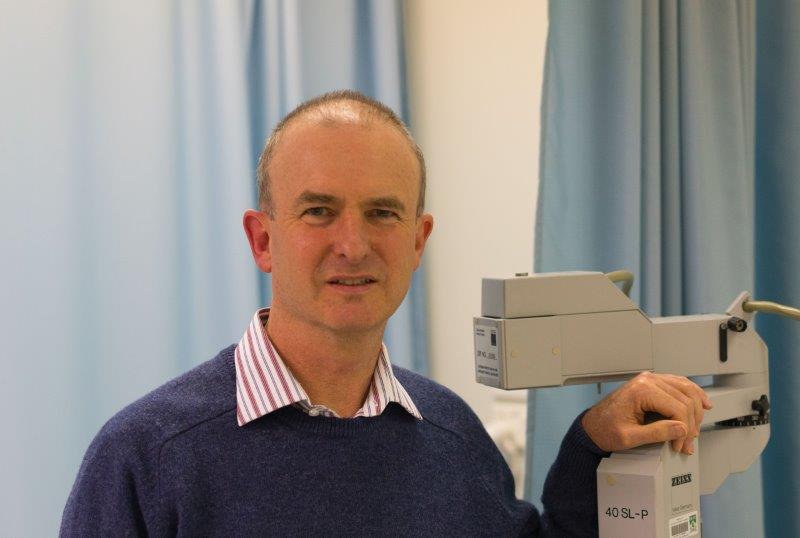
Prof Bill Morgan
Why ophthalmology?
I originally had plans to do internal medicine but was given a term of ophthalmology which I really enjoyed. Extra-capsular cataract surgery with intraocular lens implantation was just coming in and the enormous difference it made to people's lives was truly impressive. I also really enjoyed the gadgets and toys. I remember my first visit to the clinic when I was given an indirect ophthalmoscope with a 20D lens to use. I was amazed with the three-dimensional retinal view. So that and the ability to make a very significant difference to people's lives won me over. I also had a very dear grandmother who went blind from central retinal vein occlusion, so that also influenced my decision.
And why glaucoma?
I had a delightful and very knowledgeable mentor, Richard Cooper, who involved me in research as soon as I became a registrar. He kept talking about key unanswered questions in glaucoma and, in particular, that the pressure relationships across the optic nerve were poorly understood. I was also lucky enough to work with some great scientists at the Lions Eye Institute, in particular Professor Dao-Yi Yu who had techniques available for me to use during my PhD… and I found the disease more and more fascinating.
What led to your PhD and how has this helped your understanding of eye diseases?
I began the PhD ostensibly to just study the pressure differentials and gradients across the optic nerve and the relationship to intraocular and CSF pressure. This spread into studying pressures within the retinal arteries and veins and then the influence of CSF pressure upon those vascular pressures. The work really did change my mode of thinking when I saw patients. I found myself constantly questioning what I was seeing and wondering how the pressure differentials were affecting particular patients’ optic nerves. It has been very gratifying to see the increasing interest in CSF pressure in optic nerve disease, particularly in glaucoma and papilloedema. Also, some of the techniques we used for clinical studies, such as stereo photography and OCT scanning have proven to be particularly useful in terms of judging patient progression.
What is the main purpose of your research into retinal venous pulsation and its relationship to CSF pressure and glaucoma?
The major driver for exploring retinal vein pulsation in relation to CSF pressure and glaucoma is to try and develop a non-invasive technique for measuring CSF pressure. This could be revolutionary when one considers that the only method for such a measurement currently is either lumbar puncture or through the skull. The retinal and arterial pulse amplitude and timing distributions give us information concerning vascular compliance and change in diseases like retinal vein occlusion, diabetes and glaucoma. Unfortunately, research never stops; as we find answers to some critical issues more questions arise. I am incredibly fortunate to have a very gifted New Zealand PhD student, Dr Anmar Rahman, who is not only an ophthalmologist but also a very gifted mathematician. He's doing some very exciting analytical work on the pulse wave characteristics. Most recently we have published an article validating the technique in predicting CSF pressure and are currently trying to make the system faster and more portable.
What do you hope most to achieve from your presentations at RANZCO NZ?
I've always enjoyed coming to New Zealand and it's a great shame I won't be able to come in person this time. I have a great many friends in New Zealand and so I'm really hoping to rekindle those friendships and also stimulate interest in this area of research, illustrating the link between pathophysiological research and the art of clinical practice, particularly in relation to glaucoma.
Dr Roxanne Crosby-Nwaobi
The head of research nursing at the NIHR Clinical Research Facility at Moorfields Eye Hospital is also honorary research associate at the Institute of Ophthalmology at UCL. She is also a Royal College of Nursing Ophthalmic Nursing Forum board member, a trustee of the International Glaucoma Association and a Florence Nightingale scholar. Her focus is on improving ophthalmic patient-related outcomes through the modelling of real-world clinical data to deliver personalised medicine.
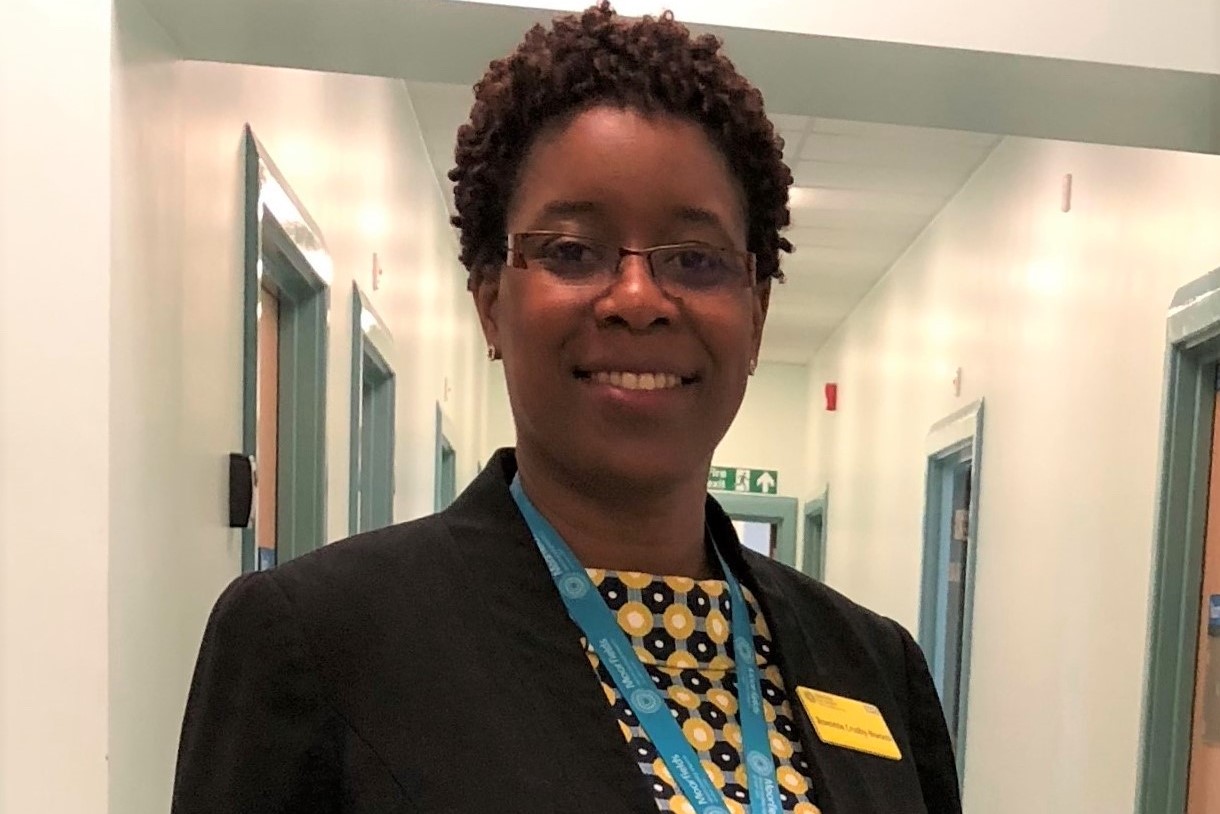
Dr Roxanne Crosby-Nwaobi
What drew you to nursing and ophthalmic nursing in particular?
I am from a family of nurses and midwives in the Caribbean and had always had an interest in a scientific career. Most school holidays were spent in the health centre, with jobs ranging from fetching and carrying notes and weighing patients and serving drinks to assisting with quarterly reports and being a chauffeur to remote clinics and patients’ homes as I grew older. My mum knew everyone and they all knew her. Often, a patient’s child was sent as a lookout on the street to stop my mum’s lizard-green car, so they could offer gifts of fruit or other provisions. I grew up seeing the tangible and intangible effects of nursing care on patients and their families.
A public eye health survey conducted in 2014 found most respondents rated losing their eyesight as having the greatest effect on day-to-day life and one of the worst things that could happen to them.
As an ophthalmic nurse, I am uniquely qualified to holistically assess patients, provide preventative and treatment-related education and help patients and families live their ‘best lives’ with sight loss.
Why is your research so important to improving patient outcomes?
I’m currently undertaking three fellowships and have just completed a fourth (Topol Digital Health Fellowship), two of which involve developing behavioural change theoretical interventions to increase attendance to and engagement with patients to improve diabetic retinal screening. I am also involved in some national Covid-19 studies, including the epidemiology of Covid-19 and an evaluation of mental health and well-being amongst healthcare workers.
I have a particular interest in long-term eye conditions, such as diabetes and glaucoma. These conditions are for the most part preventable and treatable, yet diabetes is the leading cause of blindness worldwide. There also seems to be an ethnic bias in the number of patients with sight loss due to these conditions. This is in part due to a genetic predisposition to the conditions; however, health inequalities are also rife in these populations. Using behavioural change theory, my work seeks to evaluate and define these behaviours to co-develop interventions with patients and the community, to address these behaviours and hopefully prevent sight loss.
What do you mean by building a ‘digitally ready’ workforce and why is this important?
People are living longer and also have long-term conditions. This has led to an increase in demand for healthcare. Technological innovation can aid in the delivery of significantly better patient outcomes using the same resources. The main resource is the workforce. The TOPOL review (2019) examined how the role and function of clinical staff will change with technological advancements; what skills will be required; and what training and development will be required to build a ‘digitally ready’ workforce. The Covid-19 pandemic has brought about rapid technological advancement and implementation in the health service. Were we ready for it? How have we adapted? What lessons have been learnt? We need to prepare our workforce now to meet our patient needs in the future.
What do you hope to achieve at RANZCO NZ?
I hope to be able to share my ideas with colleagues and develop a network of like-minded individuals where we can learn from each other, critique each other but ultimately affect change in our communities for the benefit of our patients.













